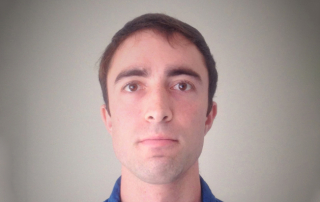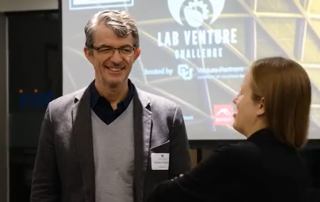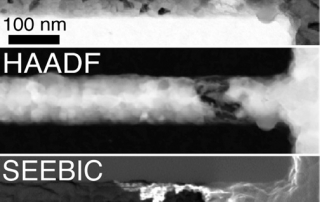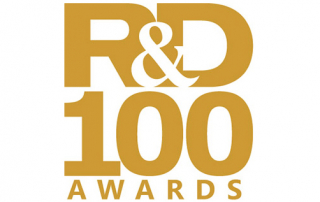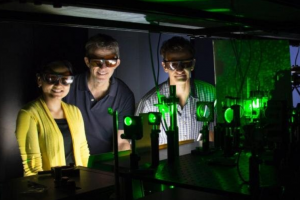Congrats to Namrata Ramesh for being Awarded a Rhodes Scholarship
Namrata is a senior at the University of California, Berkeley, pursuing a Physics (Honors) degree. Her senior thesis, supervised by Professor Naomi Ginsberg, involves understanding the dynamics of self assembly of gold nanocrystal superlattices using optical and x-ray scattering techniques. She has also worked on studying the trajectories of electrons in manganese doped halide perovskites using Monte Carlo simulations.

